Microsoft Azure Chief Jason Zander Talks Intelligent Cloud And Edge, Drones, HoloLens And Quantum Computing
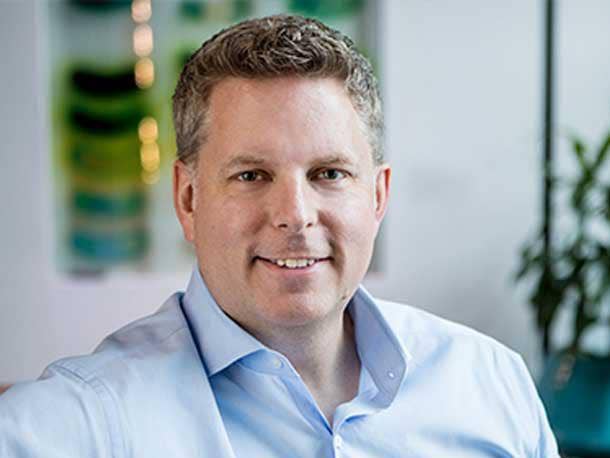
Zander Takes Center Stage
Microsoft Azure executive vice president Jason Zander counts the intelligent edge, drones, Microsoft HoloLens and quantum computing as some of the next big things in technology that stand to transform industry.
Zander, who’s been with Microsoft for nearly 27 years, heads the second largest public cloud provider, which trails No. 1 Amazon Web Services but is gaining ground.
He encouraged audience members at IHS Markit’s CERAWeek energy conference in Houston to “look past the buzzwords” when it comes to technology presentations and offerings.
“You’re going to see lots of PowerPoint that throws out words like IoT and AI,” he said. “The really big difference of what we’re doing is we’ve been doing this for years. I do over four trillion messages a day in IoT worldwide.”
Here’s a look at what Zander had to say on a variety of game-changing technologies – and his start in computing at the tender age of 10.

The Intelligent Cloud And Intelligent Edge
Microsoft Azure is in 54 regions around the world and, with its entrance this month into South Africa, became the first major cloud provider to open in Africa.
“That gives you computing power all around the world,” Zander said. “It turns out when you buy a million of anything, you can get good discounts. You can figure out how to make things more cost-effective, but you can also open new types of problem-solving in computing.”
Microsoft has been working with oil and gas companies and the upstream exploration and production sector for 20 years – with its Windows operating system, Office software and services, and its embedded operating systems.
“Probably you’ve got brownfields implementations that are running that software,” he said. “The edge in this case then starts to take some of that same knowledge that we’ve had deploying sensors and set sensor meshes for a long time, but we have better silicon, better connectivity and that (artificial intelligence), so that intelligent piece is important.”
The edge is any computing experienced very directly -- in smart buildings, smart cities, lights, etc., Zander explained.
“All of those sensors that we perhaps have been doing in upstream for a very long time, but now we are applying them all over the world and in other sorts of places,” he said. “One of our biggest ones, for example, is smart elevators. It turns out that putting a set-top box on top of an elevator and doing predictive maintenance is actually a very, very handy thing to do for uptime, etc. And of course, again, in this particular industry, this is something that you’ve pioneered. The folks in this room… have been doing it for decades. But that next generation with AI and new silicon I think is really what starts to distinguish it.”
“I think intelligent edge operations is the next big click stop for us,” Zander said. “This gets into predictive maintenance. I’m really looking at (internet of things) and AI to figure out, ‘Yeah, okay, these signals, how do I keep things up and running?’”
“A great example of this one is a company called Seadrill,” Zander said. “Operating these drills, honestly what you don’t want is any kind of (non-production time), because if you run into that, you might be losing a million dollars a day. If I’m operating on a rig, what they’re doing is they’re actually using the IoT and AI support that we basically have to…do a predictive analysis of the efficiency of the rig. I can tell when we’re going to have issues, and I can make sure that things are going to continue to run.”

Zander On Working With The Energy Industry
Microsoft wants to be a partner with the energy industry, not just a vendor, according to Zander.
“You’ve seen us make very deep partnerships with companies like Chevron, Equinor and others, as well as (independent software vendors),” he said. “I’ve hired petrochemical experts on to our team. What that’s doing is helping us understand better what’s required. Because the one thing I will tell you, is I’m not your competition. I am a software company. And I do some silicon to go with it. That is our business model. I’m not going to go into the energy business. I’m not going to open up gas stations and figure out logistics and everything on top of that. What I do want to do is get into the space and figure out how my technology can help you to be successful with your business. That is really our business model.”
The energy industry has pushed the boundaries of Microsoft’s computing hardware and software that’s associated with it, according to Zander.
“One of the first places that we start to see value when we start to engage with cloud is doing things around optimization and efficiencies that can be gained,” he said. “This is where examples of reservoir simulation and going in and doing seismic data analysis, etc. -- these are places where this industry has really pushed the boundaries. Our next generation of (high performance computing) was designed specifically with feedback on what’s required, because our original version was designed for the financial sector. Really great at hedge funds, but when…you’re doing seismic work, it turns out that is a different thing, and so we’ve actually influenced the fleet accordingly. On this edge side, the fact that this industry has been doing decades’ worth of innovation on instrumenting, equipment, ships and rigs and the whole nine yards, is just really far out there. And that is actually lots of learning as well. Now our ability is to bring AI and other technology on top of that.”
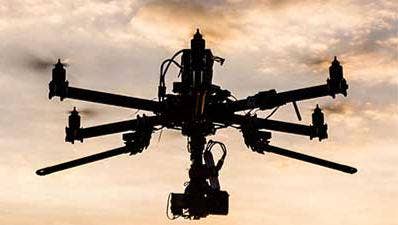
Drones Another ‘Click Stop’
Drones are another “click stop,” according to Zander, who pointed to Microsoft partner eSmart Systems, a Norway provider of AI-driven software for the energy industry that does image analysis.
“It turns out one of the hero scenarios is autonomous drones,” he said. “The use case that I really love…is…inspecting high tension power lines that we have as part of the grid. They can process 100,000 images a day, which is more than a human can do in a year.”
eSmart has Federal Communications Commission permission to fly the drones autonomously seven miles out of sight, according to Zander.
“If you think about intelligent edge and the AI component, (they’re) taking those image recognitions and actually going through and looking at the powerlines, looking at the parts, picking them out and using image recognition to decide does it look like it’s correct or does it have a defect,” he said. “This actually replaces people in their Ford F-150s driving from down below or up in a helicopter. Because of the AI that’s on the edge, it’s more deterministic.”
Zander also expects to see increased use of underwater drones.
“My usual joke here is mining goes to where the asteroids fell, and then oil goes to where the dinosaurs died,” he said. “You don’t get a choice where you’re operating. A lot of places are going to be remote, they’re going to be disconnected, and may or may not have even a satellite connection.”
Microsoft partner Oceaneering International, a subsea engineering and applied technology company based in Houston, has a set of remotely operated underwater vehicles that do pipeline inspection.
“They’re able to use our Data Box -- and will be able to use Data Box Edge, which includes AIA, going forward – (and) can collect up to two terabytes of data off of that underwater inspection,” Zander said. “And then a boat could have 20 petabytes, and I can actually ship it into the data center as well.”
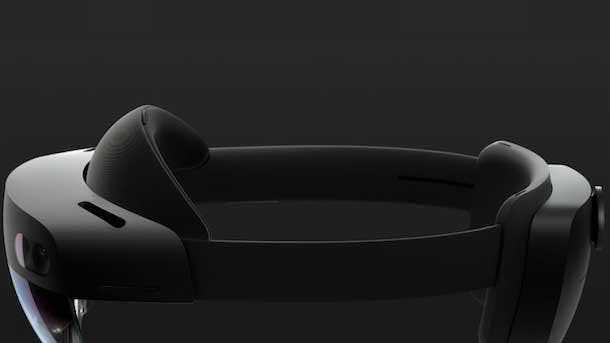
Zander Gets Excited About Microsoft HoloLens
Zander said he gets really excited about HoloLens, Microsoft’s untethered mixed-reality headset device with smart glasses. The company in February announced that HoloLens 2 will be released later this year.
“This is really awesome,” Zander said.
A front-line tech worker at a refinery could put on a HoloLens device and – with Microsoft’s Dynamics 365 Remote Assist – call an expert at his corporate office, who could see the same thing that the worker is seeing.
“If I’m doing a repair, back home they can use a pen and circle it and point to something, and I literally see it in holographic space,” Zander said. “Now imagine super-imposing data coming off of it, etc. It’s just amazing. It’s newer technology, that’s why I say it’s probably one of the last steps on the journey. By the time we realize the whole vision -- digital twins, HoloLens – wow, I do think it’s going to be transformative as that technology starts to mature.”
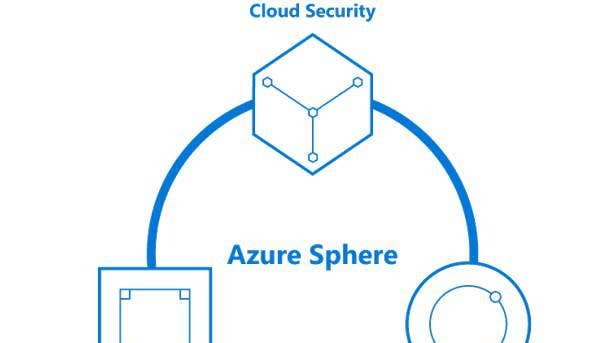
Quantum Physics And The Future of Technology
Zander’s team also is driving Microsoft’s quantum computing efforts.
“Between Azure Sphere and that, I like to joke we’re basically doing coffee makers to qubits,” he said, referring to the quantum bit, the basic unit of quantum information.
“I think quantum has this awesome potential,” he said. “If you can imagine running algorithms that…would literally take thousands of years to execute on classic architecture…even with gigabytes’ worth of power being run in cloud,” he said. “We’ll be able to do it in two minutes on quantum. So that’s just some amazing stuff.”
“There are qubit systems out there today, but in some ways were kind of like back in the vacuum tube era,” Zander said. “What we’re working on at Microsoft is more analogous to like the transistor that became our modern computer environment. But it is literally physics, like quite literally, physics. I’m pretty sure I have a couple of future Nobel Prize winners on the team.”
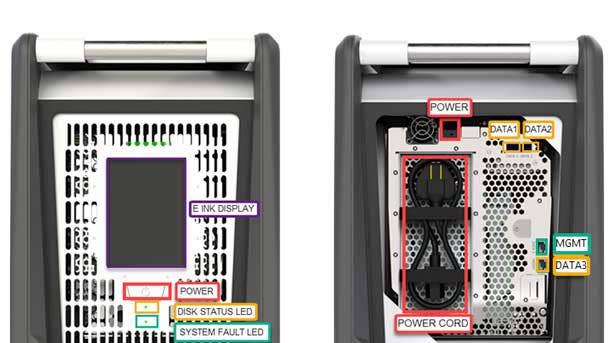
Zander On ‘Digital Exhaust’
In explaining the concept of digital exhaust, Zander referred to better and better sensors at the edge that allow underwater drones to collect more and more data, a lot of which winds up being discarded.
“We’ll look at the one part of the data that’s for the signal for the problem I’m trying to solve,” he said. “And sometimes you won’t know that there might be other signals in there. And so this capability, for example, with Data Box Edge, of being able to store terabytes at the edge, disconnected, and have those shipped into my data centers -- when I have these massive data centers, it’s actually cost-effective to store a lot of the data. Now when I want to do data analytics and AI on top of that, I can start making very, very good decisions about how that works. There’s all these variables that some of this other data can start to read on, but if it gets thrown out, I can’t necessarily do that.”

Zander Got A Very Early Start in Programming
Zander said he was 10 years old when he started programming using the original Apple computers, in the pre-Macintosh days.
“The first (computer) I saved up for and bought myself was something called a Commodore VIC-20, which I could save lawnmower money for and actually have a computer that I could program,” Zander said. “I mowed a lot of lawns, but that’s what I bought instead of a 10-speed (bike).”
Zander’s father is a professional watchmaker -- one of the best, according to his son. And Zander himself liked the problem-solving aspects of taking apart clocks, and he finds similarities with software development.
“I’m the one who would take apart the grandfather clocks and the cuckoo clocks and that kind of stuff and fix them,” Zander said. “There’s just something kind of nice about a mechanical piece of work (that) I could take apart. And I am really super excited I own (Microsoft’s) IoT now and software (teams), so I get to do essentially a lot of the same kind of stuff, just another space.”
“It turns out software is very similar to a clock,” he said. “There’s things that drive it, there’s gears that move, and I found that pretty appealing actually.”